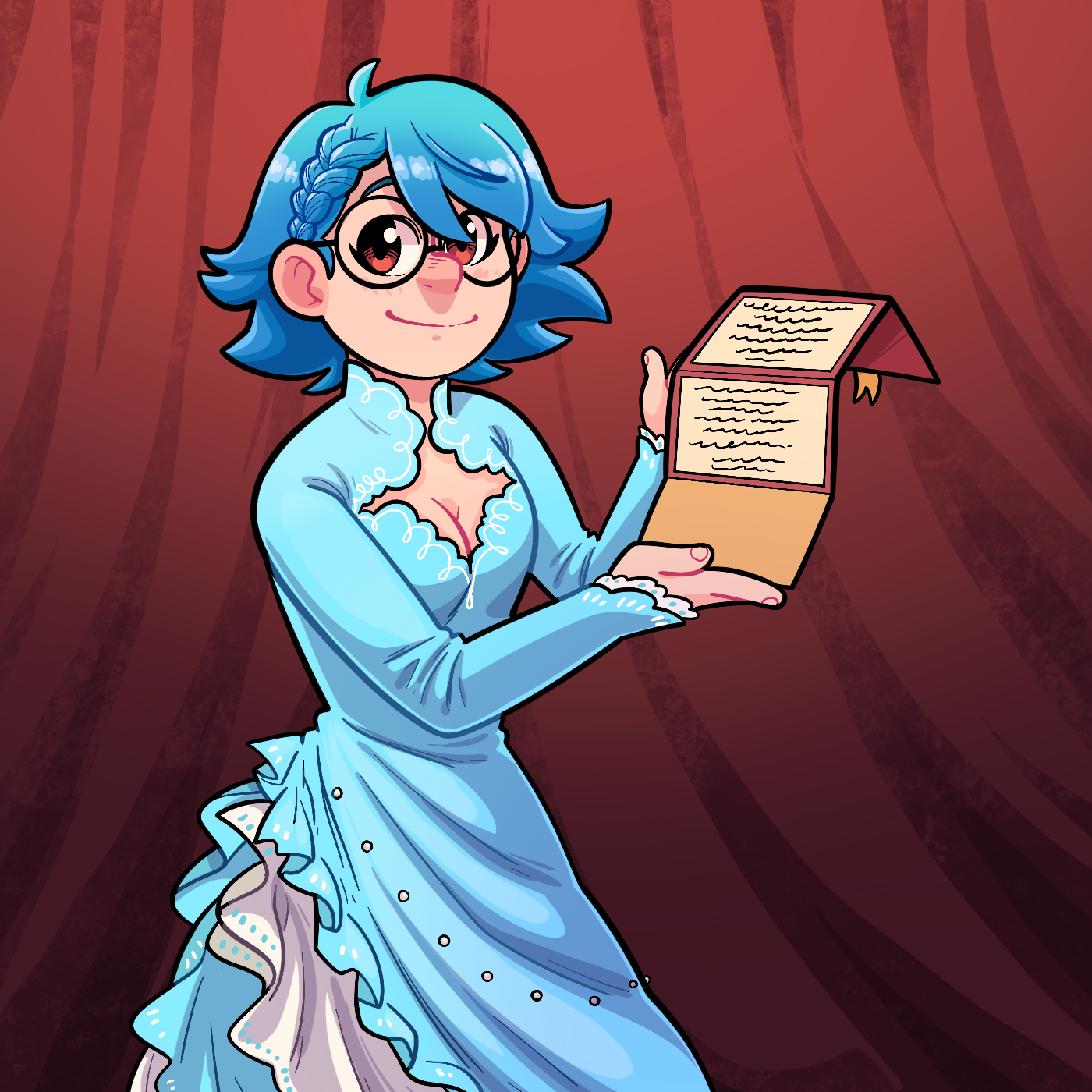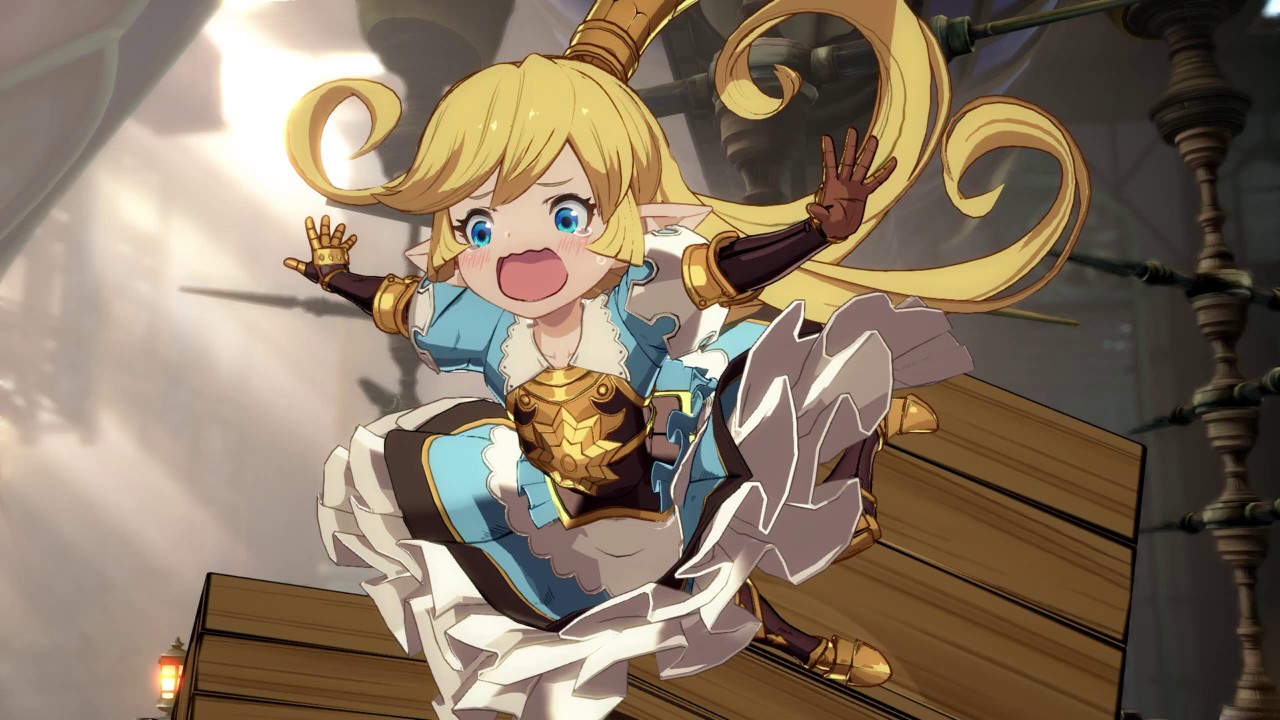It only takes me a few minutes of wandering around this year’s Riven remake before my internal autopilot leads me astray. The door to the “spider chair,” a spindly contraption that’ll let me open the temple doors, isn’t where it used to be. I reverse course, deciding that I’ll take care of a different puzzle I know by heart…but it refuses to budge, no matter how many times I click the same area. Though I’m caught off-guard by these changes, I take a deep breath, adjust my strategy, and move forward. Just when I think I’ve got a handle of things, I turn one lever to lower a well-worn shortcut, only to watch in horror as the entire bridge collapses in front of me.
Only then do I finally understand what the game’s trying to tell me: “This might be a remake, but this isn’t the same Riven you know. You’ll have to solve it all over again.” I feel mildly panicked, a fish out of water in a locale I thought I understood. And I couldn’t be more excited.
Cyan were responsible for Myst in 1993, a game so remarkable that it remained the best-selling PC game of all time until The Sims snatched its crown seven years later. And from 2000 onwards, Cyan had one goal it returned to again and again: remake Myst so it took advantage of the latest 3D technology that generation had to offer. Time and time again, they threw every idea at the wall. Real-time weather effects! A night and day cycle! Hell, what if we threw in a whole new world and padded out the ending? These efforts even extended out into 2020, when VR was still a buzzworthy piece of technology.
I once took it upon myself to try every Myst remake they released. Without exception, each attempt failed in the exact same way. I stepped onto Myst Island, rounded the steps to the courtyard…and pixel hunted for the letter that tells you what to do next.
Say what you will about pointing and clicking your way to predetermined hotspots, but the original Myst had total control over your camera. If there was an important object nearby, the game made damn sure that you’d see it in frame. As soon as the remakes handed precise 3D movement and camera controls to the player, a white piece of paper lying on the ground, once completely obvious in the original, became an ordeal to find. All the graphical improvements in the world don’t matter if you can’t find what you’re looking for?

So, what changed between then and now? Why does 2024’s Riven succeed where the others failed? The answer is simple, though getting there was no small feat: they rebuilt its geography and puzzles from the ground up to accommodate full 3D movement, all while making it feel like you were exploring the same islands from 1997. What they’ve built here is less of a recreation and more of a revision, especially since the original game’s director is once again at the helm.
More importantly, this newfound freedom of movement lines up with the original Riven’s goals. While Myst was a game focused around its otherworldly brainteasers, Riven aimed for something different: it wanted to be natural. Every challenge centered around devices that the Rivenese (and the colonialist bastard stepping on their necks) utilized in their everyday lives. It wanted you to wander, take in the environment for yourself, then use the knowledge you gained to move forward. To this day, I haven’t played an adventure game this successful at backgrounding the puzzles, letting the location itself take center stage.
With total control over my movement in the remake, I could take an even closer look at the world I know and love. Every time I hit a familiar landmark or vista, I found myself pacing around the area, finding all sorts of details that astounded me. I often found myself drawn to the little details, like seeing the stained glass temple window from the outside looking in, or circling around the bathysphere as it generated an unnatural, waterless void around itself. Crucially, it also let me get a glimpse of the world falling apart at its seams, to a degree that the original game could only hint at. My journey through Riven has never felt this urgent, but every time I entered a new area, I couldn’t help stopping in my tracks, marveling at the familiar and new alike.
As for the changes themselves…I hesitate to give too many specific examples, even a month after its release. For newcomers, discovering the islands of Riven on your own is part of the experience, and returning visitors have plenty to see for themselves! Still, I can share a few, non-spoilery things that stood out to me:
- As I mentioned at the beginning, the game goes out of its way to destroy or disrupt a few familiar routes between each island. Expect to ask yourself “Where did they move this” or “What do they expect me to do now” more than once!
- The fauna’s never felt more alive. Moth swarms congregate in less-traveled areas: schools of fish swim through the lake right next to the village. Occasionally, I found myself walking up to the lake’s edge, gawking at the aquatic life as I decided on what to do next.
- The D’ni numbers puzzle has been augmented to give Rivenese culture a much-deserved spotlight, while maintaining the dark, colonialist undertones deftly communicated by the original. This was the puzzle I was most worried about when I started playing the remake, and I’m glad they nailed the additions here!
The graphics themselves deserve a shoutout, but not for looking “better” than the original: what’s remarkable is how they make 2024’s Riven look the same as the 1997’s Riven, an achievement that doesn’t sound that impressive until you look at its source material again. Cyan were still on the cutting edge of pre-rendered backgrounds back then, building an intricate world that almost looked like a collection of photos at times. It took nearly 30 years for the technology to catch up, but building a 3D world that so closely resembles Riven, down to the late-90s environmental palette and exaggerated foliage? I’m still in disbelief. They really did it!

Please bear in mind that this praise only goes out to the PC and Mac releases. The version of the game that exists on standalone Meta Quest VR headsets is…well, calling it ugly doesn’t feel right. But the visual fidelity is diminished so thoroughly that it looks worse than the source material! It’s such a downgrade that I almost want to ask why they even bothered porting it here, beyond the company’s age-old obsession with pursuing immersive 3D worlds. Even if VR was the next step to that goal, the sacrifices simply aren’t worth it.
This is also where I’ll address the elephant in the room. Yes, they scrapped the FMV performances for 3D models, just like they did for the most recent Myst remake. Remarkably, they look even worse here: Atrus looks like a withered old mannequin, while Gehn’s whole body stutters, his animations playing at a lower frame rate than the world around him. The latter’s especially frustrating when you remember that Gehn’s actor, the talented John Keston, is no longer with us.
I know that Cyan was stuck between a rock and a hard place here. FMV recordings just don’t fit the type of 3D they’re going for these days (Just look at Obduction, whose semi-modern FMV implementation makes each character look like a cardboard cutout). And Cyan’s modern budgets pale in comparison next to the modern, AAA heavy-hitters. They haven’t been the “best-selling” of anything in over two decades: expecting an indie studio of their size to make lifelike human models would be outlandish. But the FMV performances had this spark, this dynamism, this anchor that made the world around you feel real. And now that the spark is gone? It’s a bummer, plain and simple.
With 2024’s Riven remake, Cyan finally proves that they’re capable of reimagining their classics without turning them into frustrating pixel hunts. And even though it will never surpass the original, there’s so much to like here that it’s worth seeing for yourself. Most importantly, it gave me an opportunity to replay one of the greatest games of all time with fresh eyes, relearning it from the ground up. And I wouldn’t trade away an experience like that for the world.



